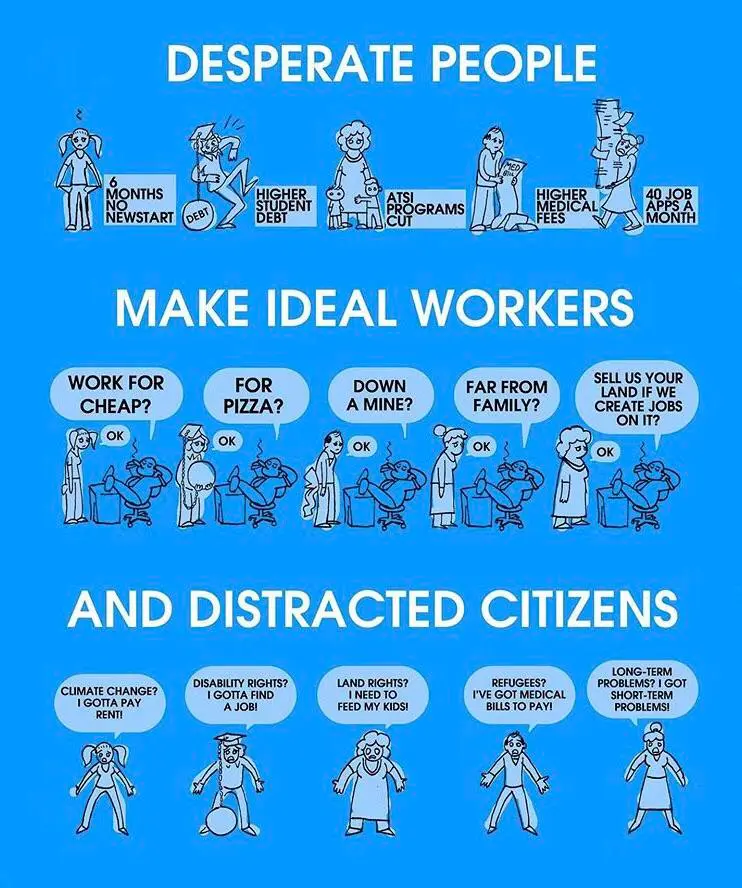Splitting, even stratifying, the workforce (in some industries more than others, obviously).
Also a problem of home office is imho that employers often don’t pay the setup like ergonomic chairs, tables etc even if they would need to, also because some employees don’t dare to ask


I see this argument sometimes and also debated it in a panel once.
The shift to remote work for sure damages traditional unionization practices and pushes towards systemic changes that might create different conditions. If these are advantageous or not can be up for debate.
There’s one thing that I believe, in terms of strategy, ends the discussion really early: workers are overwhelmingly in favor to their right to do remote work. This means that opposing remote work is not a viable option, especially in places where the worker movements are weak. Workers would see this as attacking their interests and there’s no amount of solidarity that can convince you to do two hours of commuting a day to prevent systemic shifts that might or might not damage the worker movement.
If opposing such change is not a strategic option, we are left with the possibility of riding this change and make the best out of it: ditch old-fashioned union practices that require a specific spatial setting and replace them with effective online practices that allow to find workers, bring them together and build power in their workplaces. Work changes continually and would change even if we defeated capitalism once and for all. Practices and organizations that aim at building workers power need to be fast, flexible and up to date with the reality they have to deal with. The pace of change of most existing union is too slow and this, among other topics, might be a positive push towards a more flexible union ecosystem.